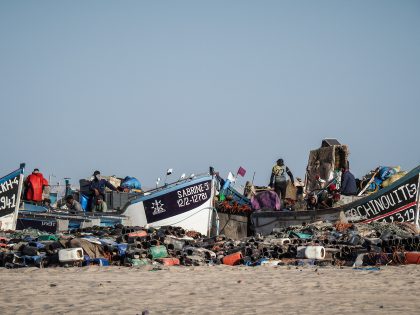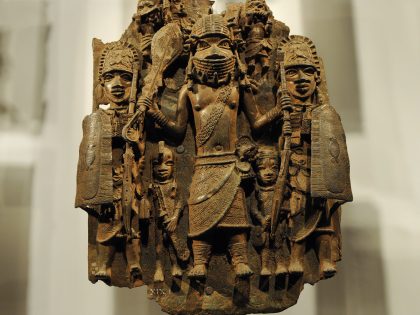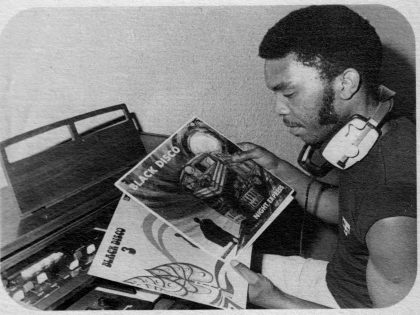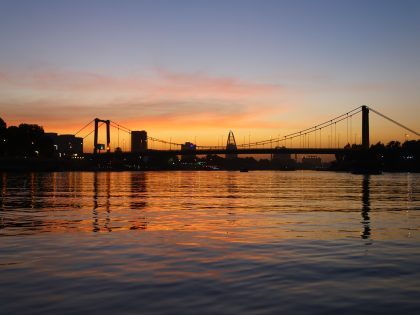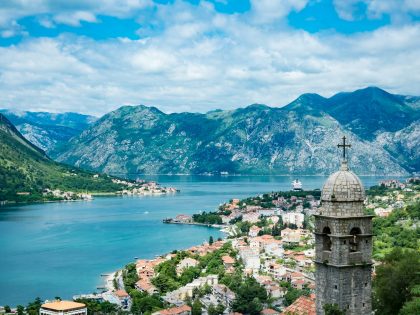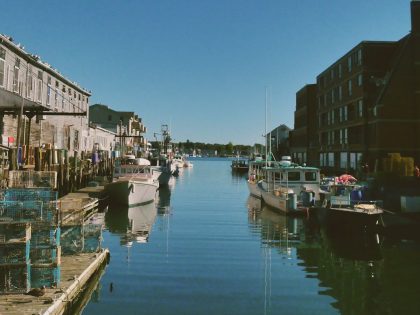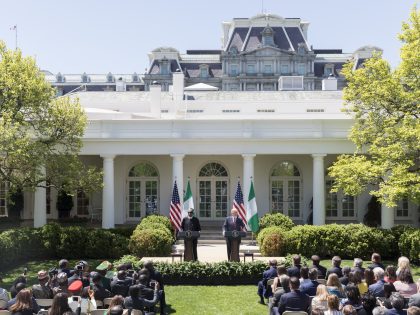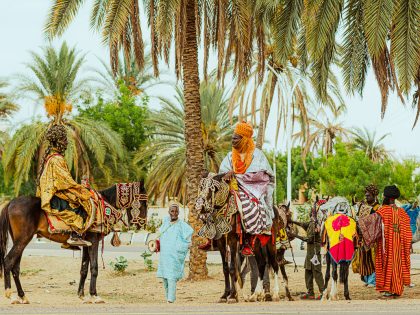The dark and white side of conservation
How easily white landowners in Kenya can utilize the trope of "the maddened land invader" to conjure global support for an unequal land system.

Image credit Regina Hart via Flickr
Conflict between pastoralists and white landowners in recent months has brought the Laikipia region of Kenya to the attention of international audiences. News coverage of these conflicts reached an apex in April with the shooting of renowned landowner and memoirist Kuki Gallmann. In previous weeks, Gallmann’s safari lodge had been burned by vandals, and her neighbor, Tristan Voorspuy, had been shot and killed. Speaking to journalist Tristan McConnell for a piece featured in The Guardian on June 18, Gallmann assured the world that she is “unbowed” and pledged to “outlast” land invaders. The article featured photos of Gallmann sulking next to the corpse of an elephant, and grinning smugly in her hospital bed displaying her casted arm.
Though international media outlets face pressure to make content relatable to Euro-American audiences, the Laikipia crisis has exposed how easily white landowners in Kenya can utilize the trope of the maddened land invader to conjure global support for a land system that deprives millions of pastoralists from accessing vital subsistence resources. As McConnell’s June article achieved wide readership around the globe, African Affairs blogger Samira Sawlani stated “[I] really really want to see more Kenyan journalists’ views on this in the intl media.” The following week, New York Times East Africa bureau chief Jeffrey Gettleman penned a feature pinning the Laikipia crisis on the “loss of fertile land” in Kenya, claiming the little rainfall Laikipia now receives is as useless as “a hose spraying a driveway.” Not only does Gettleman withhold the fact that Laikipia has never been auspicious to cultivation, but grants preferential space to white ranchers and foreign conservationists with a vested interest in seeing Kenya’s pastoral lands enclosed.
White Kenyans own a disproportionate amount of land and tourism infrastructure in Laikipia, and are also, says anthropologist Janet McIntosh, “disproportionally symbolic” of the benefits that wildlife conservation can provide. Today, throughout Africa, nature conservation and safari tourism remain sectors where citizens of European descent hold a drastic edge over African competitors. Since the colonial period, wildlife conservation has been a leading occupation for many of Kenya’s most recognizable white figures. Gettleman, McConnell and other international journalists have drawn on the celebrity of such figures to help sell their stories to Western audiences.
In the wake of Gallmann’s shooting, international media sources referred to her unequivocally as a “conservationist,” without regard for political nature of that title. Even among some of Kenya’s most conservative white landowners, Gallmann has a reputation for being unaccommodating of African neighbors, and of justifying her exclusionary land management approach using racialized rhetoric revealed in her autobiography, I Dreamed of Africa. Made into a high-budget Hollywood film in 2000, the book is Gallmann’s testimony to the sacrifices she has endured in protecting her ranch. Gallmann’s writings have been controversial for depicting Africans as profligate land stewards, “polluted by alien religions, by poverty, and a lack of worthy goals.” In the process, white Kenyan landowners like Gallmann have advanced the narrative that they are the only ones qualified to conserve Kenya’s land and wildlife. Following the killing of Voorspuy, journalist and white rancher Aidan Hartley described him in The Spectator as having turned his ranch from a “dustbowl […] into a very successful tourism and ranching enterprise, full of game, employing hundreds [and] paying lashings of tax.”
Though Kuki Gallmann has become an icon of white landownership in Kenya, she is in fact a relative latecomer to Laikipia, which was settled by Europeans in the early 1900s. Through a series of deceitful agreements with Maasai, British authorities pushed pastoralists to the margins of Laikipia to make room for European settlement. In the 1990s, many white Kenyans saw their wealth grow as community-based conservation became a policy paradigm in East Africa. In recent decades, international conservation groups (with support from the U.S. Government) have made significant funding available to landowners like Gallmann who are positioned to pursue conservation outside national parks.
Though Laikipia received unprecedented numbers of foreign tourists in recent years, community members complain that tourists only visit white-owned ranches, providing meager economic benefit for local people. Laikipia’s former governor Joshua Irungu often expressed concern that white landowners violated Kenya tax laws by failing to declare the profits of tourism. He highlighted the fact that many tourists arrive to white ranches aboard private airplanes, challenging the ability of authorities to enforce tax laws. White-owned safari lodges in Laikipia feature some of highest bed-rates on the continent, with a single night for one guest costing upwards of USD1,000.
To further sell their stories to Western, urban and largely white audiences, Gettleman and other journalists have attempted to draw similarities between the Laikipia crisis and the occupation of white-owned farms in Zimbabwe in the early 2000s. While the land crisis in Zimbabwe was catalyzed by the divisive rhetoric of the country’s politicians, white landowners in Kenya enjoy a more amiable relationship with African leaders. In fact, Kenya’s president Uhuru Kenyatta is known to be the wealthiest landowner in Kenya, and has opposed all large-scale land reform in the country. Kenyatta’s re-election in August 2017 comes as welcome news to Laikipia’s white community.
Despite the efforts of activists and academics to warn the public not to the take the benefits of conservation at face value, mainstream news coverage of the recent land conflicts in Kenya show that conservative, Malthusian, and racist approaches to land stewardship remain the most accessible way for the global media to engage with audiences on African topics. In using the conflict in Laikipia to convince audiences of Africa’s larger “land problems,” Gettleman and other journalists lend the credibility of the world’s leading media outlets to the notion that Kenya’s future rests in the hands of white landowners. Gettleman, to his merit, states that conflict in Laikipia reveals only “the tip of the iceberg” of land inequality in Africa. If that is the case, it is time for the international journalism community to pursue this issue at more challenging depths.





